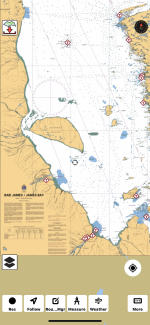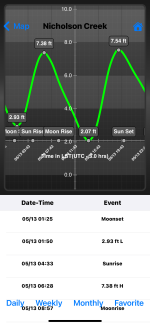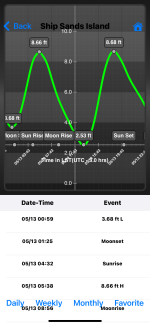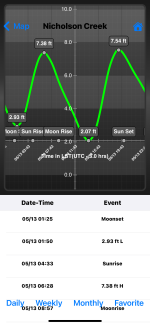Rainbow1910
Full Member
- Reaction score
- 945
- Points
- 810
I wouldn’t have such an issue with this if people didn’t take what he says as gospel, meaning whatever is said or not said tends to be taken as authoritative fact. Yet another source for AOPS misinfo to spread while not even giving the CCG the time of day in a video that rightly should have us front and center.I don’t think we’re the target audience with detailed knowledge of the subjects. His audience is either folks with no knowledge, or military-adjacent folks without specific knowledge in that particular video subject.
It’s kind of like a “survey” course for whatever topic he is covering. Some of the multi-part series are pretty good and seem to delve deeper, such as the corruption series of videos. His specialty is defence economics so naturally that’s what he’ll know (and speak of) the most…but that’s not really something most YouTube audiences care about.
These people with little or no information on the topic take in what he says and makes that their basis, which is concerning when you have lost context and dumbed down topics to such a degree. It’s not even that what I want is a 1:1 breakdown of individual ships, it’s the fact that not even acknowledging our plans makes us look even more incompetent than what we actually are to an impressionable audience.
The body of the video is fine but it is very lacking in other aspects.
Last edited:
















